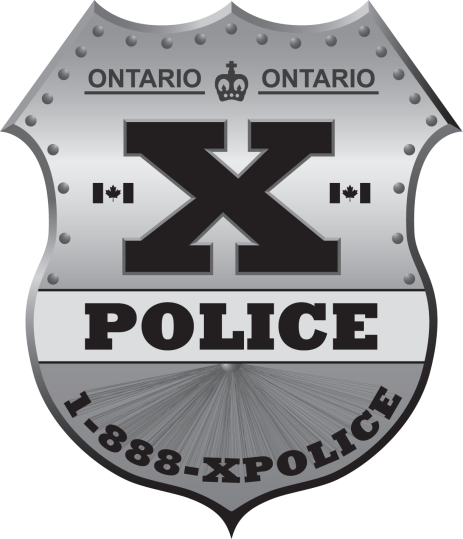Feds say cannabis driving laws are ‘based on strong and indisputable evidence that cannabis is an impairing drug’

Photo by THE CANADIAN PRESS
A University of B.C. study, published in June in the journal Addictions, looked at THC amounts in blood samples from more than 3,000 people who were injured behind the wheel.
Of the 1,825 drivers deemed responsible in crashes, researchers found that drivers with less than five nanograms of THC, the psychoactive ingredient in cannabis, per millilitre of blood had no increased risk of crashing.
Canadians laws make driving with between two and five nanograms per millilitre a summary offence with a fine up to $1,000.
Having more five or more nanograms has a minimum fine of $1,000 and a max sentence of 10 years in jail for the first offence.
Researchers weren’t able determine if more than five nanograms increased the risk of crashing because only 20 drivers had that much, an inconclusive sample.
A spokesperson for federal Justice Department told Black Press Media that cannabis driving laws were “based on strong and indisputable evidence that cannabis is an impairing drug.”
“The prohibited levels also take into account the approach taken in other jurisdictions, including jurisdictions where cannabis has been legalized,” spokesperson Ian McLeod said in an email.
The fines for 2 nanograms or less are a “a precautionary approach taking into account the best available scientific evidence related to THC,” while the five nanogram amount indicates recent use, McLeod said.
According to UBC researchers, THC levels peak above 100 nanograms per millilitre within 15 minutes of smoking pot and then drop to two nanograms or less within the next four hours.
Levels of THC take about eight hours to drop to two nanograms or less after consuming cannabis.
Source: Vernon Morning Star
